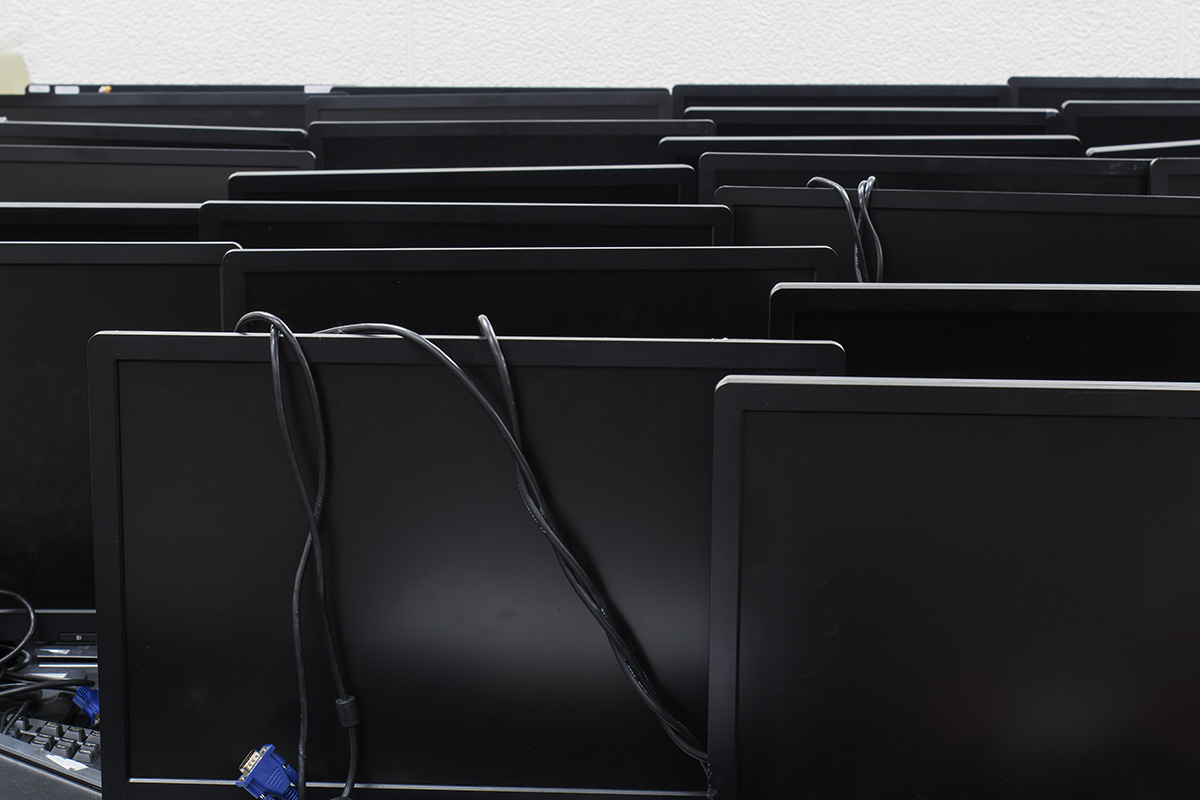Opinion
In My Opinion: Let’s not miss potential of emerging models
The chair of the ACC's Chemical Recycling Alliance says the time is right for pyrolysis and other methods to make...
In My Opinion: Chemical recycling’s complementary role
An extended producer responsibility program leader argues that chemical recycling technologies can help brands meet their aggressive recycled plastic goals...
Dispatches from Europe: Packaging reuse in the spotlight
New regulations in Europe are opening opportunities for business that offer replacements for single-use packaging. And that trend could soon...
In My Opinion: Report on Recycle BC was misleading
The stewardship group for printed paper and packaging in British Columbia pushes back against a critical report that claimed the...
Open Letter: Learn from Total Reclaim’s mistakes
Two e-scrap executives who have pleaded guilty to federal charges over flat-screen exports detail the chain of events that led...
In My Opinion: Assessing the future of plastics circularity
The Sustainable Packaging Coalition director says that with today's insufficient recycling infrastructure and evolving packaging stream, both chemical and mechanical...
In Our Opinion: Why deposits make sense for retailers
There's no denying it; the world is experiencing a plastic waste crisis and it's growing - but so is public...
In Our Opinion: Why deposits make sense for retailers
Long resistant to their role in deposit programs, some retailers are beginning to warm up to bottle and can redemptions...
In My Opinion: Circular economy metrics that matter most
A leader at Rubicon Global says different data points may measure recycling success in totally different ways but can complement...
In Our Opinion: Collection is only half the battle
As a nation, we’re doing a pretty good job collecting plastic bags and wraps for recycling. But we need to...
























